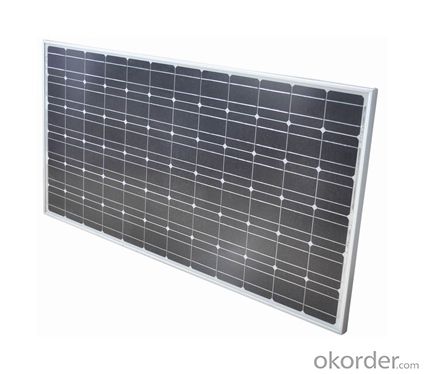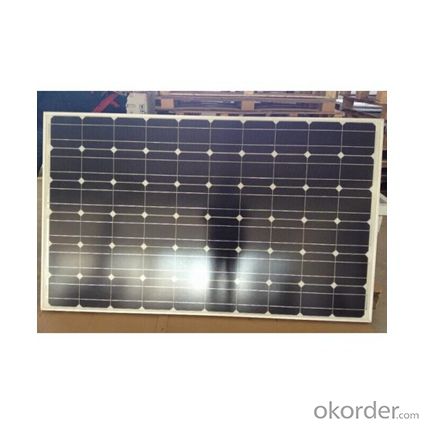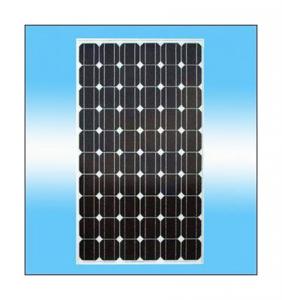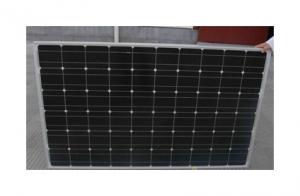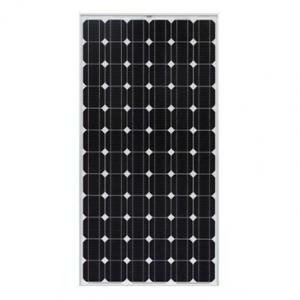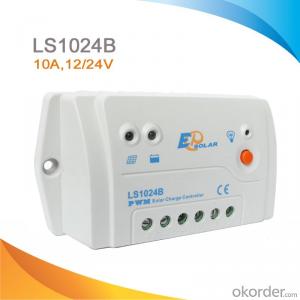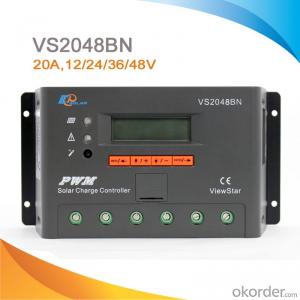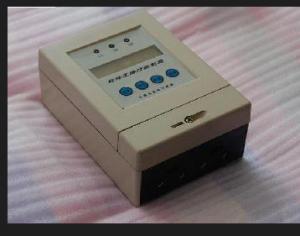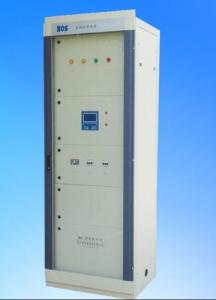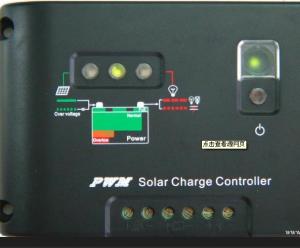Epever Solar Controllers Compatible Solar Modules Mono-Crystalline 125*125 260W Module
OKorder Service Pledge
OKorder Financial Service
You Might Also Like
Solar Module Descriptions:
Our modules are high efficiency photovoltaic modules using silicon nitride coated polycrystalline silicon cells. The solar module can produce maximum power output, even under weak light. It is able to resist moisture and etching effectively, and not affected by geology.
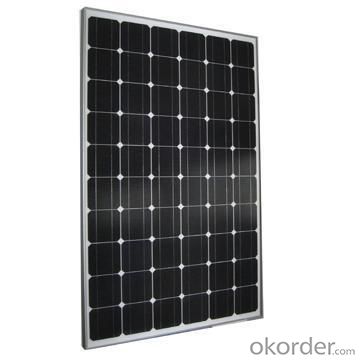
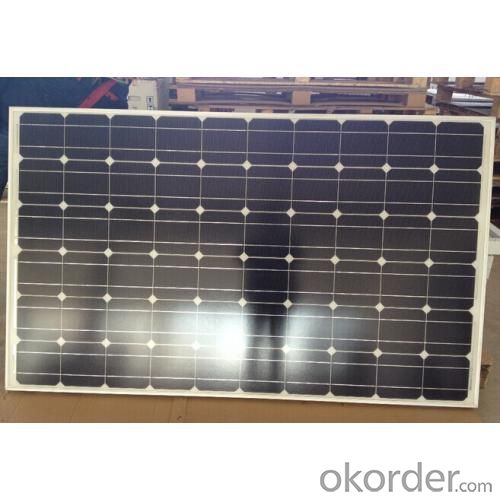
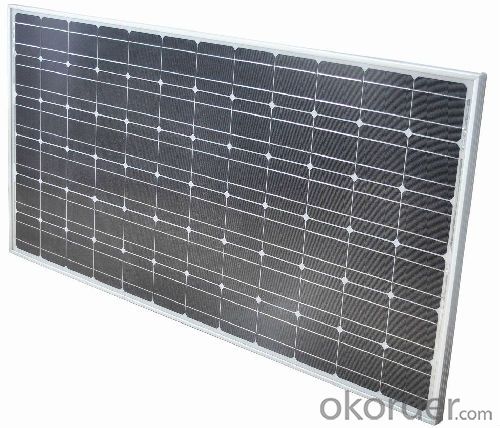
Electrical Characteristics
Max-power (W) | 260 |
Max-Power Voltage (V) | 52 |
Max-Power Current (A) | 5.01 |
Open-Circuit Voltage (V) | 62.9 |
Short-Circuit Current (A) | 5.50 |
Mechanical Characteristics
Cable type, Diameter and Length | 4mm2, TUV certified, 1000mm |
Type of Connector | Compatible with MC4 plug |
Arrangement of cells | 6*12 |
Cell Size | 125*125 |
Dimension | 1580*1069*45 |
Weight | 20.5Kg |
Glass, Type and Thickness | High Transmission, Low Iron, Tempered Glass 3.2mm |
Features
Guaranteed positive tolerance 0/+5w ensures power output reliability
Strong aluminum frames module can bear snow loads up to 5400Pa and wind loads up to 2400Pa.
Excellent performance under low light environments (mornings evenings and cloudy days)
12 years for product defects in materials and workmanship and 25 years for 80% of warranted minimum power.
Certifications and standards: IEC 61215.
Manufactured according to International Quality and Environment Management System (ISO9001, ISO14100).
FAQ
Q: What kind of loads can I run on PV?
With a correctly designed PV system you can power almost any electrical load. However, as the load size increases the expense also increases. Loads like hot water heaters, air conditioners, room heaters and electric stoves should be avoided. The added cost of trying to power loads like these is very cost prohibitive. If these loads have to be powered it will be a lot less expensive to change the appliance to use an alternative fuel type like propane.
Q: When do I need a charge controller and why?
The safest way to figure out if you need a charge controller is to take Battery Amp Hour Capacity and divide this by the Solar Panel max. power amp rating. If the quotient is above 200, you don't need a controller. If the number is less than 200 than you need a controller.
For example if you have a 100 amp hour battery and a 10 watt panel, you take 100 and divide it by .6 (600mA) and you get 166.6. Since this is less than 200 you need a charge controller. If you have a five-watt panel in the above example you take 100 divided by .3 (300mA) and you come up with 333.3. Since this is larger than 200 you do not need a charge controller. However you still need a blocking diode, to prevent the battery from discharging to the panel at night. So as a general rule of thumb you don't need a charge controller unless you have more than five watts of solar for every 100-amp hours of battery capacity.
Q: What is PV & how does it work?
PV stands for photovoltaic. Photo = Light and Voltaic = Electricity. A solar cell converts light to electricity.
A solar cell is made of silicon. Computer chips are made of this same material. Basically, when light strikes the surface of a solar cell some of it is absorbed into the silicon. This light energy bumps the electrons loose and causes energy to flow.
By packaging approximately 36 solar cells together a solar panel or a solar module is created. When you have more then one solar panels you create a solar array.
- Q: Can a solar controller be used with solar-powered satellites?
- Yes, a solar controller can be used with solar-powered satellites. A solar controller, also known as a charge controller or solar regulator, is an essential component in solar power systems. Its main function is to regulate the voltage and current from the solar panels to the batteries, ensuring efficient charging and preventing overcharging or damage to the batteries. In the case of solar-powered satellites, the solar controller plays a crucial role in managing the power generated by the satellite's solar panels. These panels capture sunlight and convert it into electrical energy, which is then used to power the satellite's various systems and instruments, as well as charge the onboard batteries for use during periods of low solar exposure. The solar controller's primary task is to optimize the charging process by maintaining the solar panels' output voltage at the ideal level for maximum power transfer to the batteries. It also safeguards the batteries by preventing overcharging, which can lead to reduced battery lifespan or even failure. Additionally, a solar controller for a satellite may have certain specialized features depending on the mission requirements. For example, it may need to handle high voltage or current levels, have advanced monitoring and control capabilities, or be designed for operation in space's harsh environmental conditions, such as extreme temperatures and radiation. In summary, a solar controller is indeed compatible with solar-powered satellites and is essential for efficient power management and battery charging in such systems.
- Q: Can a solar controller be used with a solar hybrid system?
- Yes, a solar controller can be used with a solar hybrid system. A solar controller helps manage the flow of energy between the solar panels, battery bank, and the grid in a solar hybrid system, ensuring optimum performance and efficient utilization of solar energy.
- Q: Can a solar controller be used with lithium-ion batteries?
- Yes, a solar controller can be used with lithium-ion batteries. However, it is important to ensure that the solar controller is compatible with lithium-ion battery chemistry and has the necessary features, such as voltage and current settings, to properly charge and protect the lithium-ion batteries.
- Q: Can a solar controller be used with a solar-powered charging station for electric bikes?
- Yes, a solar controller can be used with a solar-powered charging station for electric bikes. The solar controller helps regulate and optimize the flow of energy from the solar panels to the charging station, ensuring efficient charging of the electric bikes' batteries.
- Q: How do you protect a solar controller from dust and debris?
- To protect a solar controller from dust and debris, it is recommended to use a durable and weatherproof enclosure or a protective cover specifically designed for solar controllers. This will prevent dust and debris from entering and damaging the controller. Regular cleaning and maintenance of the enclosure or cover should also be performed to ensure optimal performance and longevity of the solar controller.
- Q: Can a solar controller be used with AGM batteries?
- Yes, a solar controller can be used with AGM (Absorbent Glass Mat) batteries. AGM batteries are a type of lead-acid battery and can be charged using a solar controller. The solar controller helps regulate and optimize the charging process, ensuring the AGM batteries receive the appropriate voltage and current from the solar panels.
- Q: Can a solar controller be used with solar panel monitoring systems?
- Yes, a solar controller can be used with solar panel monitoring systems. A solar controller ensures the optimal charging and protection of the batteries connected to the solar panel system. It regulates the flow of electricity from the panels to the batteries, preventing overcharging and damage. By incorporating a solar controller into the system, the performance and efficiency of the solar panel monitoring system can be enhanced, providing accurate and reliable data on solar panel output and performance.
- Q: How does a solar controller handle voltage spikes from the solar panels?
- A solar controller is designed to regulate and control the flow of electricity from solar panels to charge batteries or power electrical devices. When it comes to voltage spikes from the solar panels, a solar controller has built-in protection mechanisms to handle and mitigate these spikes. Firstly, a solar controller usually features a Maximum Power Point Tracking (MPPT) system, which constantly monitors and adjusts the voltage and current from the solar panels to ensure maximum power output. This MPPT system helps prevent voltage spikes by continuously tracking the optimal operating point of the solar panels, optimizing their performance and reducing the likelihood of voltage fluctuations. Furthermore, solar controllers typically include overvoltage protection mechanisms. These protection features are designed to detect and limit any voltage spikes that may occur. Once a voltage spike is detected, the controller will automatically activate its protective measures to prevent damage to the batteries or connected devices. This can involve diverting excess voltage to a dump load or temporarily disconnecting the solar panels from the charging system until the voltage returns to safe levels. Additionally, some advanced solar controllers may incorporate surge protection devices or transient voltage suppressors. These components are specifically designed to absorb and dissipate excess electrical energy caused by voltage spikes. By diverting the extra energy away from the system, these devices help safeguard the controller, batteries, and other connected components from potential damage. Overall, a solar controller is equipped with various protective mechanisms to handle voltage spikes from solar panels. These features work in tandem to regulate the incoming voltage, track the maximum power point, and protect the system from any sudden voltage surges. By doing so, the solar controller ensures the smooth and efficient operation of the solar power system while safeguarding its components from potential harm.
- Q: Can a solar controller be used with solar-powered waste water treatment plants?
- Indeed, solar-powered waste water treatment plants can utilize a solar controller. The solar controller serves as a vital element in a solar power system, with its primary function being the regulation of battery charge and discharge in order to store solar energy. Specifically in the context of a solar-powered waste water treatment plant, the solar controller assumes a critical role in managing the power generated by the solar panels and ensuring its efficient utilization for plant operations. It actively monitors battery status, prevents overcharging, and optimizes the use of solar energy to power the treatment process. By incorporating a solar controller, waste water treatment plants can effectively harness solar power and operate in a sustainable and eco-friendly manner.
- Q: How does a solar controller handle the protection against lightning strikes?
- A solar controller typically does not provide direct protection against lightning strikes. However, it can indirectly help protect the solar panels and other equipment by regulating the flow of electricity and mitigating potential damage caused by power surges or voltage spikes that may occur during a lightning strike. Additionally, proper grounding and the use of surge protection devices in the overall solar system installation can further enhance its resilience against lightning strikes.
Send your message to us
Epever Solar Controllers Compatible Solar Modules Mono-Crystalline 125*125 260W Module
OKorder Service Pledge
OKorder Financial Service
Similar products
Hot products
Hot Searches
Related keywords




